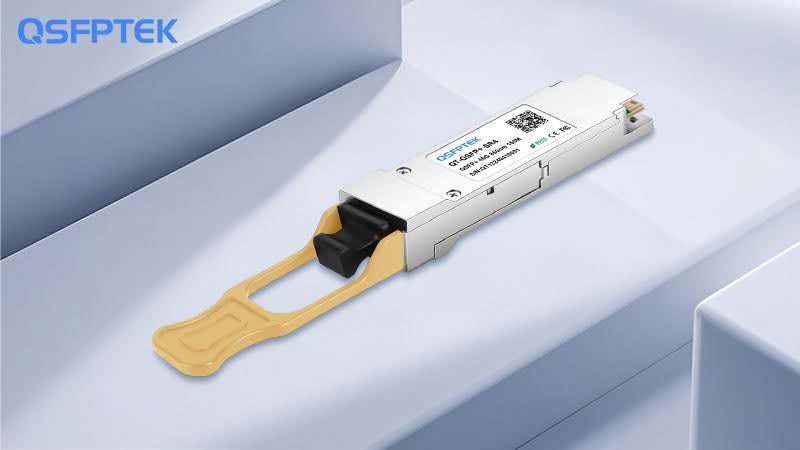As enterprises increasingly adopt hybrid cloud models, the need for seamless, high-speed interconnects between private infrastructure and public cloud platforms becomes more urgent. In these architectures, latency, bandwidth, and flexibility are crucial for ensuring consistent performance across diverse workloads. One often-overlooked yet highly efficient component in building these interconnects is the 40GBASE-SR4 optical module.
Contents
What Is 40G SR4?
40G SR4 is a multimode transceiver module designed for short-reach transmission up to 100 meters over OM4 multimode fiber using MPO/MTP connectors. It utilizes four parallel 10Gbps lanes for both transmitting and receiving, achieving an aggregate 40Gbps data rate. Thanks to its parallel optics design and plug-and-play compatibility, it has become a preferred solution for short-distance, high-throughput links within and between data centers.
The Hybrid Cloud Challenge
A hybrid cloud infrastructure typically spans on-premises private clouds and off-premises public cloud providers, connected via various interconnect methods. While WAN links are commonly used for long-haul data transmission, many hybrid cloud deployments involve co-located data centers, sometimes in the same facility or campus. In these scenarios, 40G SR4 modules are ideal for interconnecting cloud assets over short ranges with minimal latency and low cost.
Benefits of Using 40G SR4 for Hybrid Interconnects
Low Latency, High Bandwidth
In hybrid environments, transferring large datasets between private and public cloud resources must be fast and predictable. 40G SR4 offers line-rate 40Gbps throughput, ensuring that high-performance applications such as AI workloads, real-time analytics, or video processing run smoothly across cloud boundaries.
Cost-Effective Deployment
Compared to 100G optics, 40G SR4 transceivers provide a more affordable alternative for short-range links. For organizations not yet ready to fully upgrade to 100G, SR4 offers a sweet spot of performance and cost-efficiency.
Easy Integration with Existing Infrastructure
Many existing enterprise and colocation facilities have already deployed MTP/MPO cabling for 10G or 40G environments. 40G SR4 modules can leverage this infrastructure, avoiding costly recabling. Additionally, breakout configurations (e.g., 40G-to-4x10G) allow versatile port utilization in hybrid setups.
Energy Efficiency
In high-density deployments where power consumption is a concern, 40G SR4 modules offer lower power usage compared to longer-reach single-mode modules. This helps optimize operational costs and thermal management in hybrid cloud access layers.
Applications
Co-Location Facility Interconnects: Many enterprises use colocation providers that host both private servers and public cloud gateways. 40G SR4 enables direct, high-speed fiber connections within the facility.
Cloud-Onramp Links: For enterprises using services like AWS Direct Connect or Azure ExpressRoute, short-range fiber can be used to connect edge switches to cloud gateway routers using SR4 modules.
Private Cloud Access to GPU Clusters: When AI/ML training clusters are in a dedicated private cloud space but fed data from public cloud storage, 40G SR4 facilitates low-latency delivery.
Conclusion
While the cloud computing world races toward 100G, 400G, and even 800G deployments, 40G SR4 remains a highly relevant solution in hybrid cloud architectures. Its balance of performance, cost, and ease of integration make it a smart choice for enterprises building agile, interconnected cloud ecosystems.
